
Supercharge your lead generation with a FREE Google Ads audit - no strings attached! See how you can generate more and higher quality leads
Get My Free Google Ads AuditFree consultation

No commitment
Supercharge your lead generation with a FREE LinkedIn Ads audit - no strings attached! See how you can generate more and higher quality leads
Get My Free Google Ads AuditFree consultation

No commitment
Supercharge your lead generation with a FREE Meta Ads audit - no strings attached! See how you can generate more and higher quality leads
Get My Free Google Ads AuditGet My Free LinkedIn Ads AuditGet My Free Meta Ads AuditFree consultation

No commitment
Supercharge your lead generation with a FREE Google Ads audit - no strings attached! See how you can generate more and higher quality leads
Get My Free Google Ads AuditFree consultation

No commitment
In the competitive world of tourism, attracting the right audience at the right moment is crucial. Google Ads offers an unparalleled opportunity to do just that by reaching potential visitors actively searching for experiences like yours. This guide dives into leveraging Google Ads to enhance visibility for tourist attractions, tackling common challenges like audience targeting, timely engagement, and budget constraints, while offering practical solutions tailored to the tourism industry.
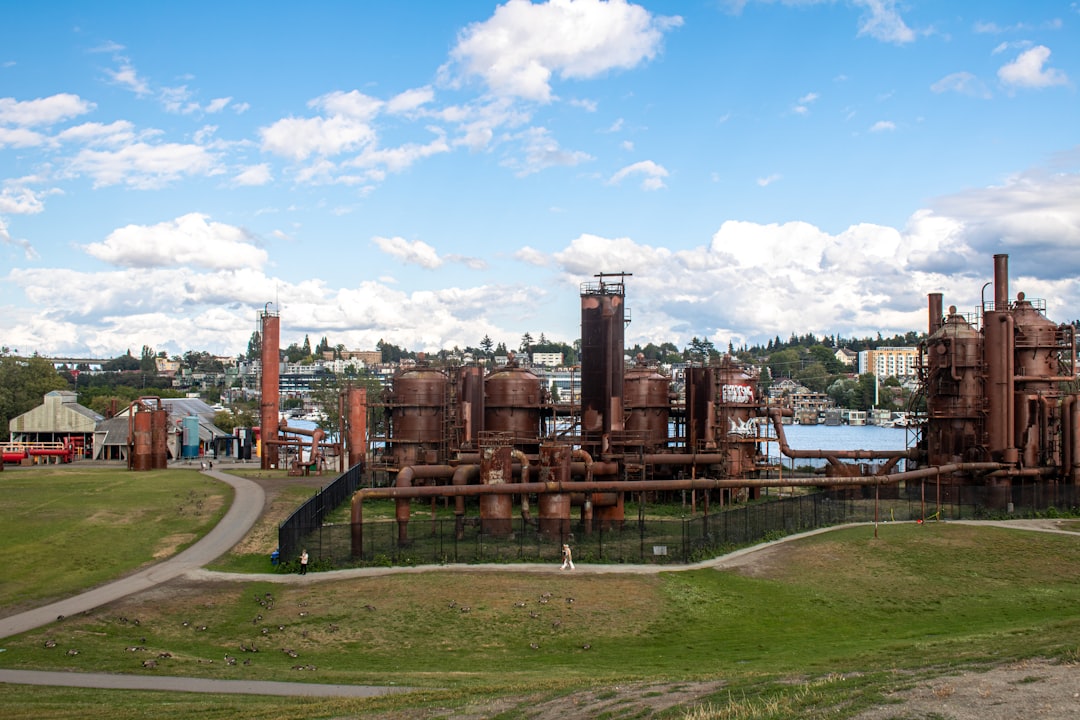
Tourist attractions face mounting pressure to capture discerning visitors in a crowded digital marketplace. By adopting data-driven Google Ads strategies, marketers elevate their reach, ensuring their campaigns land in front of the most promising prospects at the right moment.
Modern platforms empower teams to connect fragmented data, giving a unified view of customer intent and optimizing every touchpoint. Marketers can now identify and prioritize high-value prospects that would otherwise remain hidden in standard CRM datasets, maximizing the return on every advertising dollar.
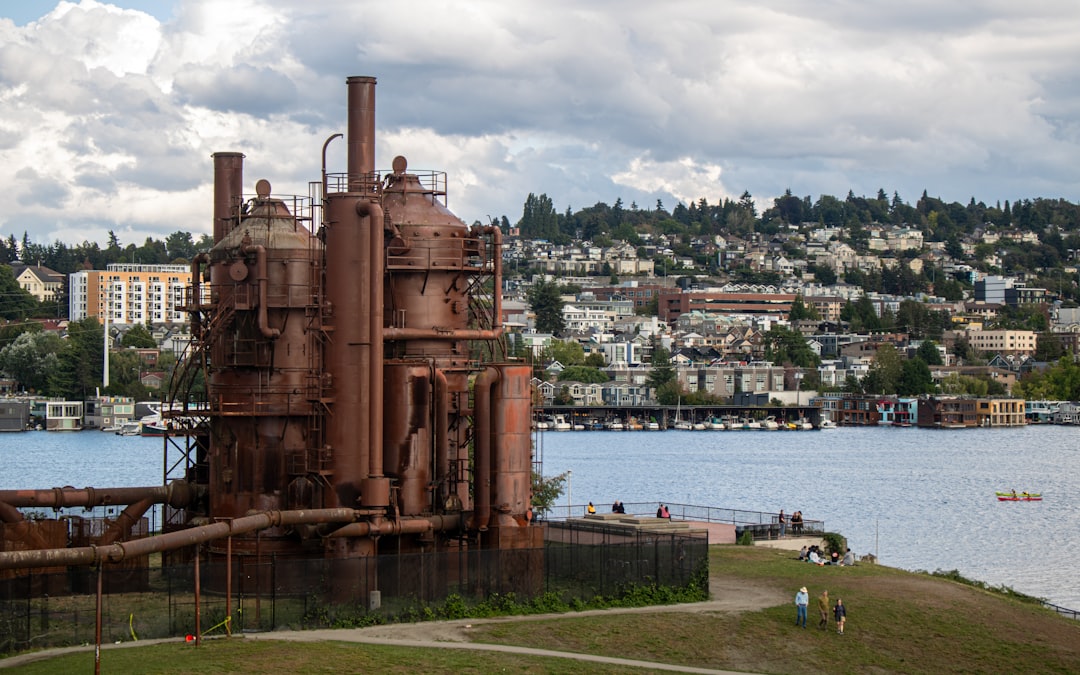
Tourist attractions rely on precise digital strategies to reach travelers actively researching where to spend their time and budget. Google Ads delivers unique value by reaching high-intent audiences during key decision-making windows and ensuring that marketing spend aligns with real visitor demand.
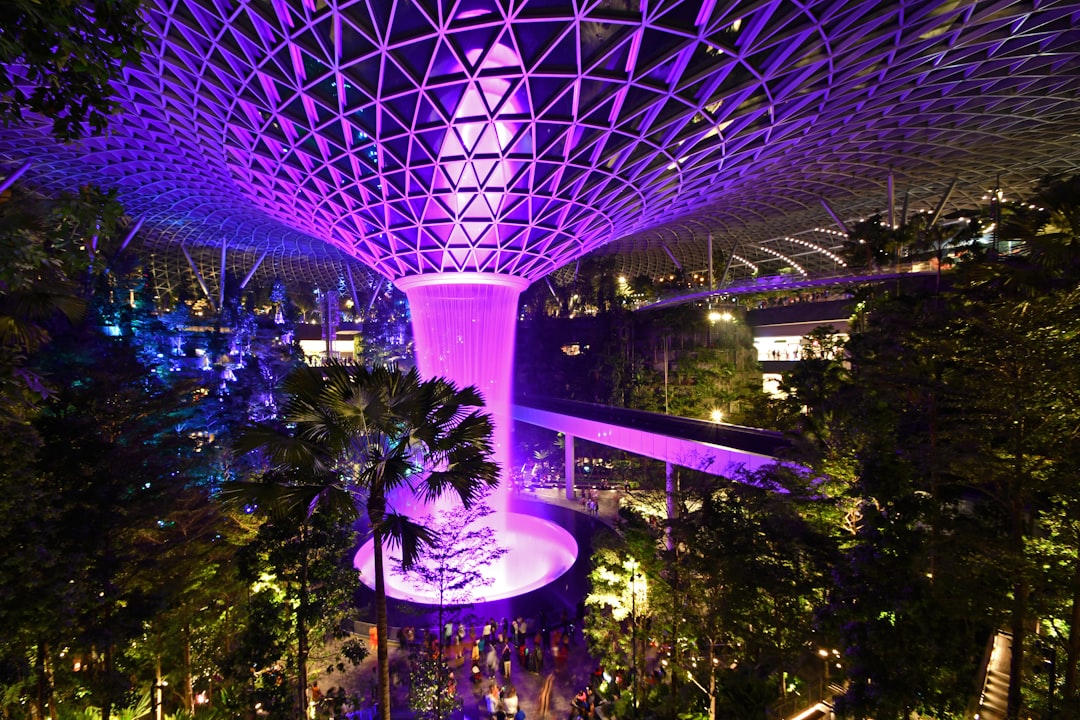
Tourist attractions operate in a dynamic landscape where capturing intent and delivering tailored messaging secures bookings and drives foot traffic. Marketers who harness the full potential of Google Ads multiply their brand exposure while ensuring every marketing dollar is steered toward measurable outcomes. Google Ads for Tour Operators provides a detailed overview of getting started with Google Ads in the tourism sector.
Successful tourist attraction campaigns leverage these Google Ads formats in concert, harnessing unified data and smart audience management to deliver the right message at every stage of the traveler’s journey. This approach not only improves campaign efficiency but also streamlines demand generation, fueling sustainable growth in a competitive tourism market. To see how you can put these strategies into action, try Sona Onboarding for actionable next steps.

Growth-focused tourism marketers consistently expand their reach by strategically leveraging Google Ads for tourist attractions. The ability to precisely target intent-rich audiences and surface relevant experiences places tourism brands in front of travelers at pivotal decision points. With actionable data, marketers maximize every dollar by focusing on high-converting segments and optimizing content for diverse visitor profiles.
By continuously refining these tactics, tourism marketers unlock new avenues for demand generation, enabling their attractions to outperform the competition and deliver tailored visitor experiences that drive lasting growth. Ready to take the next step? Start with Sona to unlock actionable insights and accelerate your growth.
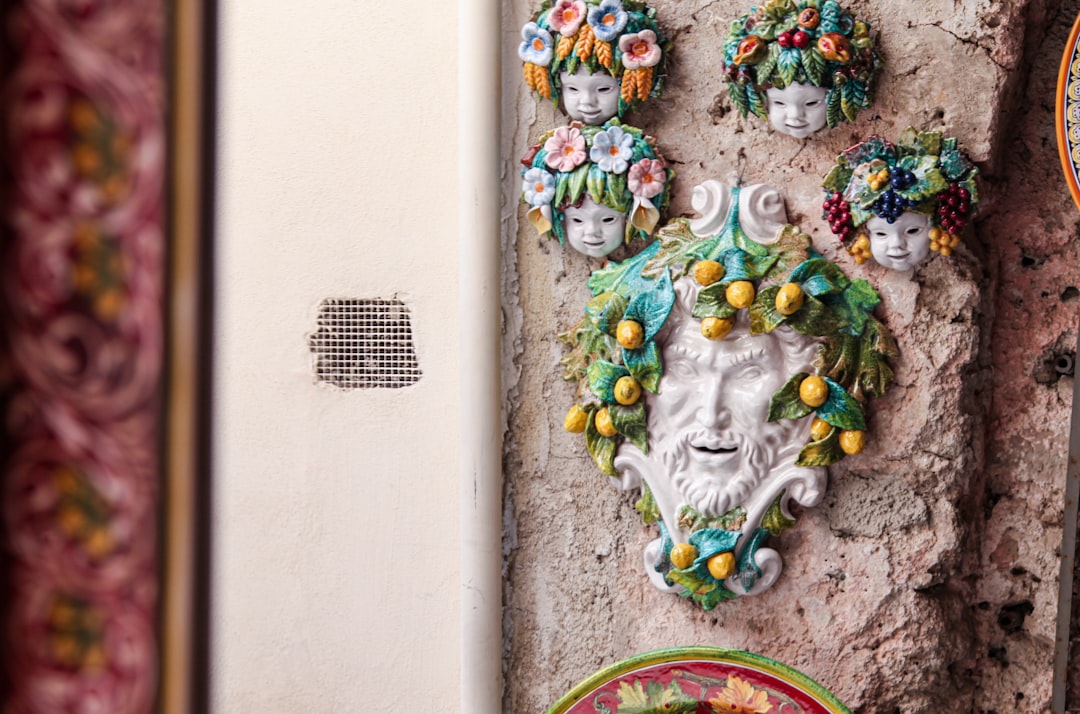
Tourist attractions thrive when their marketing efforts reach the right audience, at the right moment, with messaging that resonates on a personal level. Accurate audience segmentation allows marketers to move beyond generic campaigns and create targeted experiences that drive higher engagement and conversions.
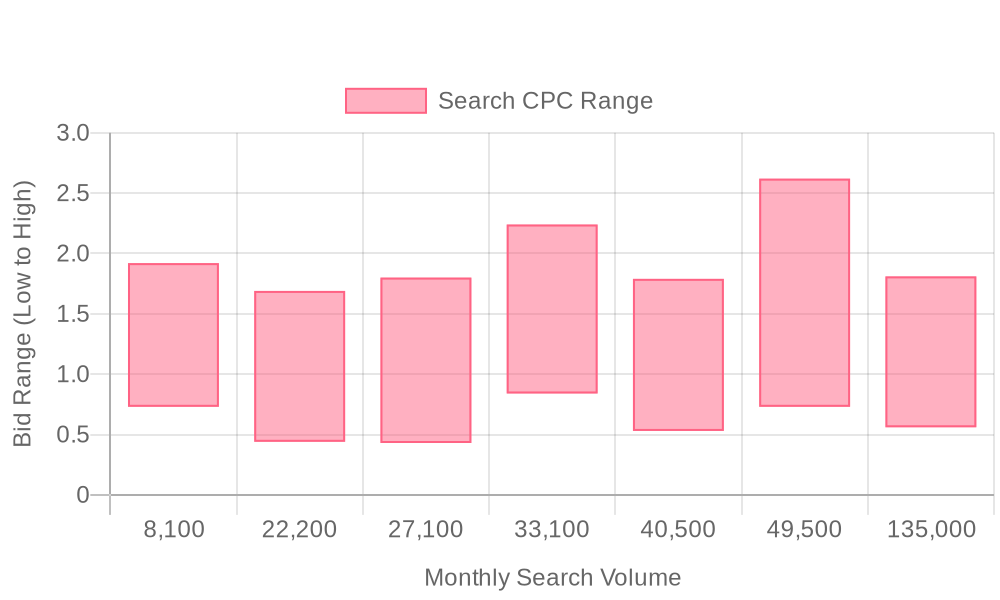
| Industry | Keyword | Monthly Search Volume | Competition Level | Low Bid | High Bid |
| Tourist Attractions | best places to visit near me | 8100 | LOW | 0.73 | 1.92 |
| Tourist Attractions | sightseeing near me | 22200 | LOW | 0.44 | 1.69 |
| Tourist Attractions | tourist attractions near me | 27100 | LOW | 0.43 | 1.8 |
| Tourist Attractions | places to visit | 33100 | LOW | 0.84 | 2.24 |
| Tourist Attractions | tourist places near me | 40500 | LOW | 0.53 | 1.79 |
| Tourist Attractions | tourist attractions | 49500 | LOW | 0.73 | 2.62 |
| Tourist Attractions | places to visit near me | 135000 | LOW | 0.56 | 1.81 |
Effective keyword strategy is fundamental to successful Google Ads for tourist attractions, delivering qualified traffic and maximizing campaign performance. The strongest programs begin with rigorous research that surfaces high-volume, low-competition keywords aligned with the current interests of travelers planning their next experience. Targeting these terms ensures greater visibility at a lower cost, especially as consumer search trends evolve seasonally and by region.
For revenue teams using unified data platforms, enriched keyword strategies unlock even more precision. Real-time visitor identification and intent data reveal which search terms attract high-value company traffic, allowing marketers to prioritize budget toward keywords that historically convert at a higher rate. This builds on the strategies outlined in Google Ads ROI Playbook.
Dynamic audience segmentation ensures that as leads move between stages—awareness, consideration, booking—ad copy and targeting evolve accordingly. When CRM and advertising platforms are seamlessly integrated, newly discovered high-intent keywords and audiences sync automatically, ensuring campaigns always reflect the latest insights from both web and offline interactions. Platforms like buyer intent signals help marketers identify and act on real-time buyer intent, turning keyword lists into living assets that adapt to market shifts and business objectives, empowering teams to stay ahead of visitor demand in the competitive landscape of tourism advertising strategies.
Executing a results-driven Google Ads campaign for tourist attractions demands a disciplined process that unites targeting precision, creative messaging, seamless user experience, and agile optimization. Revenue teams that unify data sources and automate insights are positioned to outperform in today’s fast-paced tourism advertising landscape.
Success starts with constructing keyword lists that match both the unique services of the attraction and the intent of travelers searching for new experiences. Focus on high-intent, location-based queries such as “family-friendly museums in Chicago” or “adventure parks near Orlando.” Supplement broad terms with granular long-tail keywords to capture niche audiences and minimize wasted spend. Leveraging unified intent data from multiple sources helps marketers identify trending search themes and in-market segments, ensuring the campaign adapts as traveler behavior shifts seasonally or in response to local events. Intent Retargeting builds on this approach, providing strategies for using first-party intent signals to drive high-impact campaigns.
This approach transforms anonymous web traffic into actionable visitor intelligence, enabling marketers to align budgets toward accounts showing real booking potential. Localize Google Ads provides a deeper look at best practices for localizing Google Ads and optimizing for targeted intent.
Effective ad copy for tourist attractions blends aspiration with authenticity, tapping into what motivates visitors to explore, book, and share. Use emotionally resonant storytelling that evokes the destination’s unique value—highlighting exclusive experiences, time-limited events, or traveler testimonials. Headlines should be specific and benefit-driven, while descriptions reinforce trust with social proof and clear calls to action.
Real-time intent data allows marketers to dynamically tailor messaging as audience interests evolve, maximizing both relevance and response rates. This continuous personalization keeps ads fresh and closely aligned with what target audiences are seeking at each stage of the decision journey.
A seamless experience from ad click to conversion is critical for advertising tourist attractions. Landing pages must deliver on the promise of the ad, whether it’s a direct booking, event registration, or informational download. Prioritize clarity, mobile responsiveness, and visual appeal, making calls to action easily accessible and content focused on visitor needs.
Syncing audience and CRM data enables marketers to create personalized landing journeys for high-value segments, reducing friction and increasing conversion rates. Solutions such as Sona Destinations support tailored landing experiences by connecting audience data with unique visitor preferences.
By integrating online and offline conversion tracking, teams can attribute bookings and visits back to the specific campaigns and channels that influenced them, gaining a clear view of true ROI.
Continuous improvement sets leading Google Ads for tourism campaigns apart. Monitor performance data at every stage, from impression share and click-through rates to on-site engagement and completed bookings. Use A/B testing to compare messaging, visuals, and offers, adjusting spend toward the best-performing combinations.
With dynamic audience updates and advanced attribution, marketers can reallocate budget instantly to audiences most likely to convert—whether they’re new leads just starting to research or returning guests ready to book. This builds on the strategies outlined in Google Ads ROI Guide, which offers tactical guidance on uncovering more leads from your traffic.
Real-time syncing between CRM, analytics, and ad platforms ensures every optimization is based on complete, current data, driving smarter demand generation and measurable revenue growth.
Attractions that pursue growth often find the greatest success by building robust partnerships and fostering community connections. By tapping into collaborative opportunities and evolving digital marketing tactics, tourist attractions can amplify their presence, capture new audiences, and sustain long-term engagement.
To fully harness the impact of digital advertising in tourism, focus on targeted advertising, precise audience segmentation, and ongoing optimization. Solutions such as Sona Audiences support building visitor segments that update dynamically as interests evolve. This approach not only elevates visibility and engagement but also ensures that every marketing dollar is invested where it delivers measurable returns.
Mastering Google Ads for tourist attractions isn’t just about visibility—it’s about turning curiosity into bookings and wanderlust into revenue. By now, you’ve seen how strategic targeting, compelling ad creatives, and data-driven optimizations can transform your campaigns from overlooked to overbooked.
Whether you’re struggling with seasonal demand, tight budgets, or standing out in a crowded market, the right approach can make all the difference. From leveraging location extensions to crafting urgency-driven offers, every tactic we’ve covered is designed to help you attract more visitors and maximize your ad spend.
Imagine your attraction appearing at the perfect moment for travelers planning their next adventure—your brand becoming synonymous with unforgettable experiences. With these strategies, you’re not just running ads; you’re creating connections that drive real results.
Ready to put these insights into action? Start a free trial to experience Sona's platform and its capabilities.
Leverage data-driven strategies to ensure your campaigns target high-value prospects at the right moment, align landing pages with conversion goals, and integrate your ads with other marketing channels for a cohesive strategy.
Implement audience-specific targeting by integrating data signals to ensure relevant messages reach the right traveler, and utilize platforms that sync audience segments across Google Ads and CRM systems.
Allocate a flexible budget that can be dynamically adjusted based on visitor interest peaks, such as during school holidays or seasonal events, to maximize reach and efficiency.
Search campaigns, display ads, video ads, and remarketing are effective for promoting tourist attractions, as they capture intent and deliver tailored messaging to secure bookings and drive foot traffic.
Use real-time insights and advanced conversion tracking to measure which campaigns, keywords, and creative assets deliver results, and attribute revenue accurately to optimize ROI.
Join results-focused teams combining Sona Platform automation with advanced Google Ads strategies to scale lead generation

Connect your existing CRM

Free Account Enrichment

No setup fees
No commitment required

Free consultation

Get a custom Google Ads roadmap for your business
Join results-focused teams combining Sona Platform automation with advanced Meta Ads strategies to scale lead generation

Connect your existing CRM

Free Account Enrichment

No setup fees
No commitment required

Free consultation

Get a custom Google Ads roadmap for your business
Join results-focused teams combining Sona Platform automation with advanced LinkedIn Ads strategies to scale lead generation

Connect your existing CRM

Free Account Enrichment

No setup fees
No commitment required

Free consultation

Get a custom Google Ads roadmap for your business
Join results-focused teams using Sona Platform automation to activate unified sales and marketing data, maximize ROI on marketing investments, and drive measurable growth

Connect your existing CRM

Free Account Enrichment

No setup fees
No commitment required

Free consultation

Get a custom Google Ads roadmap for your business
Over 500+ auto detailing businesses trust our platform to grow their revenue
Join results-focused teams using Sona Platform automation to activate unified sales and marketing data, maximize ROI on marketing investments, and drive measurable growth

Connect your existing CRM

Free Account Enrichment

No setup fees
No commitment required

Free consultation

Get a custom Google Ads roadmap for your business
Over 500+ auto detailing businesses trust our platform to grow their revenue
Join results-focused teams using Sona Platform automation to activate unified sales and marketing data, maximize ROI on marketing investments, and drive measurable growth

Connect your existing CRM

Free Account Enrichment

No setup fees
No commitment required

Free consultation

Get a custom Google Ads roadmap for your business
Over 500+ auto detailing businesses trust our platform to grow their revenue
Our team of experts can implement your Google Ads campaigns, then show you how Sona helps you manage exceptional campaign performance and sales.
Schedule your FREE 15-minute strategy sessionOur team of experts can implement your Meta Ads campaigns, then show you how Sona helps you manage exceptional campaign performance and sales.
Schedule your FREE 15-minute strategy sessionOur team of experts can implement your LinkedIn Ads campaigns, then show you how Sona helps you manage exceptional campaign performance and sales.
Schedule your FREE 15-minute strategy sessionOur team of experts can help improve your demand generation strategy, and can show you how advanced attribution and data activation can help you realize more opportunities and improve sales performance.
Schedule your FREE 30-minute strategy sessionOur team of experts can help improve your demand generation strategy, and can show you how advanced attribution and data activation can help you realize more opportunities and improve sales performance.
Schedule your FREE 30-minute strategy sessionOur team of experts can help improve your demand generation strategy, and can show you how advanced attribution and data activation can help you realize more opportunities and improve sales performance.
Schedule your FREE 30-minute strategy sessionOur team of experts can help improve your demand generation strategy, and can show you how advanced attribution and data activation can help you realize more opportunities and improve sales performance.
Schedule your FREE 30-minute strategy session





Launch campaigns that generate qualified leads in 30 days or less.
